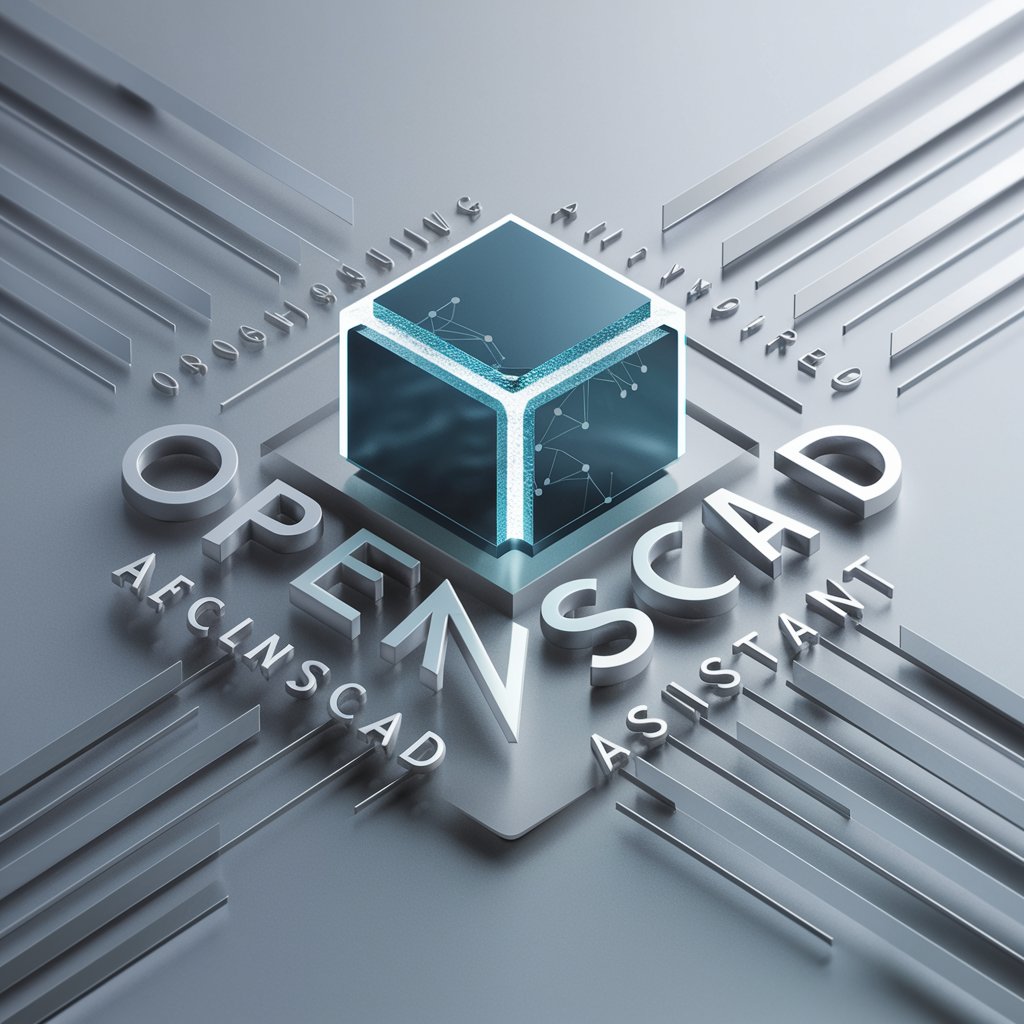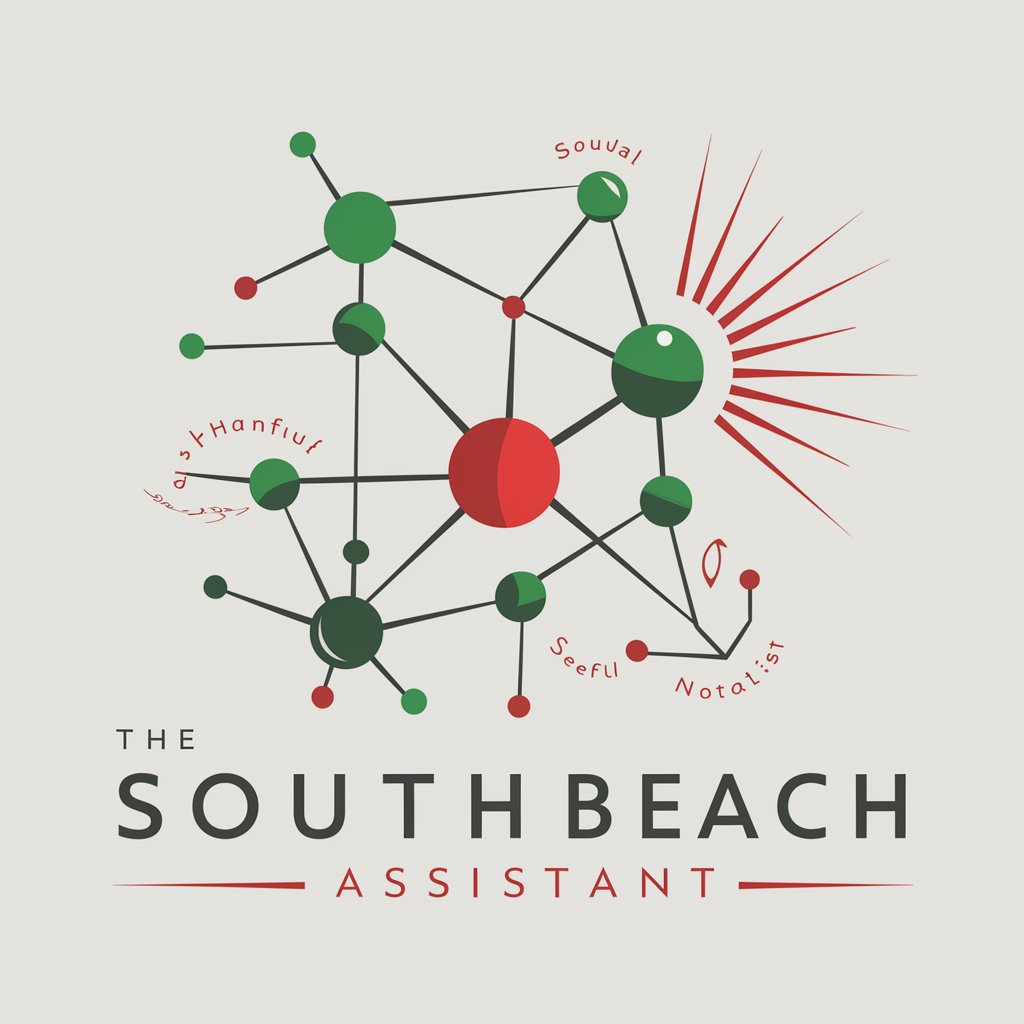
Mesh-assist - Structured Data Modeling

Ready to generate precise Mesh 1.4 JSON responses. Please provide your schema.
AI-Powered Data Structuring
Mesh data representing all philosophies and their sub-branches
Mesh data representing all countries and continents
(VERBOSE) ImmaterialAI features
(VERBOSE) Mesh features
(VERBOSE) how the AI works
Get Embed Code
Introduction to Mesh-assist
Mesh-assist is a specialized AI model designed to facilitate the creation, management, and visualization of complex data networks using the Mesh Data Model. It aims to simplify the process of organizing information into interconnected nodes and links, allowing users to represent and explore relationships between data points visually. Mesh-assist is built to assist in generating structured JSON data compliant with the Mesh 1.4 standard, making it a powerful tool for users needing to structure data in a way that's both comprehensible and navigable. For example, in educational contexts, Mesh-assist could help in mapping out the relationships between different concepts covered in a course, illustrating how they interlink and influence one another. In a research setting, it could be used to visualize the connections between various studies, theories, and findings, facilitating a deeper understanding of a particular field. Powered by ChatGPT-4o。

Main Functions of Mesh-assist
Data Structuring
Example
Converting unstructured data into a structured Mesh format
Scenario
A researcher has a collection of notes and hypotheses about a series of experiments. Mesh-assist can organize this information into nodes (representing each experiment, hypothesis, and result) and links (showing the relationships between hypotheses and experiments, as well as between different results), facilitating a clearer understanding of the data's overall structure.
Visualization Support
Example
Creating visual representations of data networks
Scenario
An educator wants to map out the curriculum for a new course, showing how each topic relates to others. By inputting the course topics as nodes and their relationships as links into Mesh-assist, they can generate a visual map that helps both them and their students see the course's structure at a glance.
Complex Analysis
Example
Facilitating the analysis of complex relationships within data
Scenario
A business analyst needs to understand the dependencies between various projects and departments within a company. Using Mesh-assist, they can create a detailed map that highlights these dependencies, making it easier to identify potential bottlenecks or areas requiring additional resources.
Ideal Users of Mesh-assist Services
Researchers
Researchers can use Mesh-assist to organize and visualize complex sets of data, theories, and experimental results, making it easier to see connections and generate new insights.
Educators
Educators can leverage Mesh-assist to create visual representations of course content, helping students understand how different concepts are interconnected and facilitating a deeper learning experience.
Business Analysts
Business analysts can benefit from Mesh-assist by mapping out organizational structures, project dependencies, and workflows, aiding in the identification of efficiency improvements and strategic planning.

How to Use Mesh-assist
Start without Signup
Visit yeschat.ai for a complimentary trial, accessible without the need for ChatGPT Plus or any login requirements.
Understand the Interface
Familiarize yourself with the Mesh-assist interface, including how to input queries and where to view responses.
Learn the Commands
Review the Mesh-assist commands and instructions for generating JSON structures, manipulating data, and creating visual representations.
Explore Use Cases
Identify how Mesh-assist can support your specific needs, whether for academic research, data modeling, or creative writing.
Experiment and Iterate
Use Mesh-assist for various tasks, refining your approach based on feedback and results to optimize the tool's potential.
Try other advanced and practical GPTs
Dungeon Master
Bringing Fantasies to Life with AI

カレー回文占い
Discover Mystical Insights with Curry Palindromes

Named Entity Extractor
AI-Powered Precision in Entity Extraction

UA Unity SDK Guide
Empower Unity Projects with AI Avatars
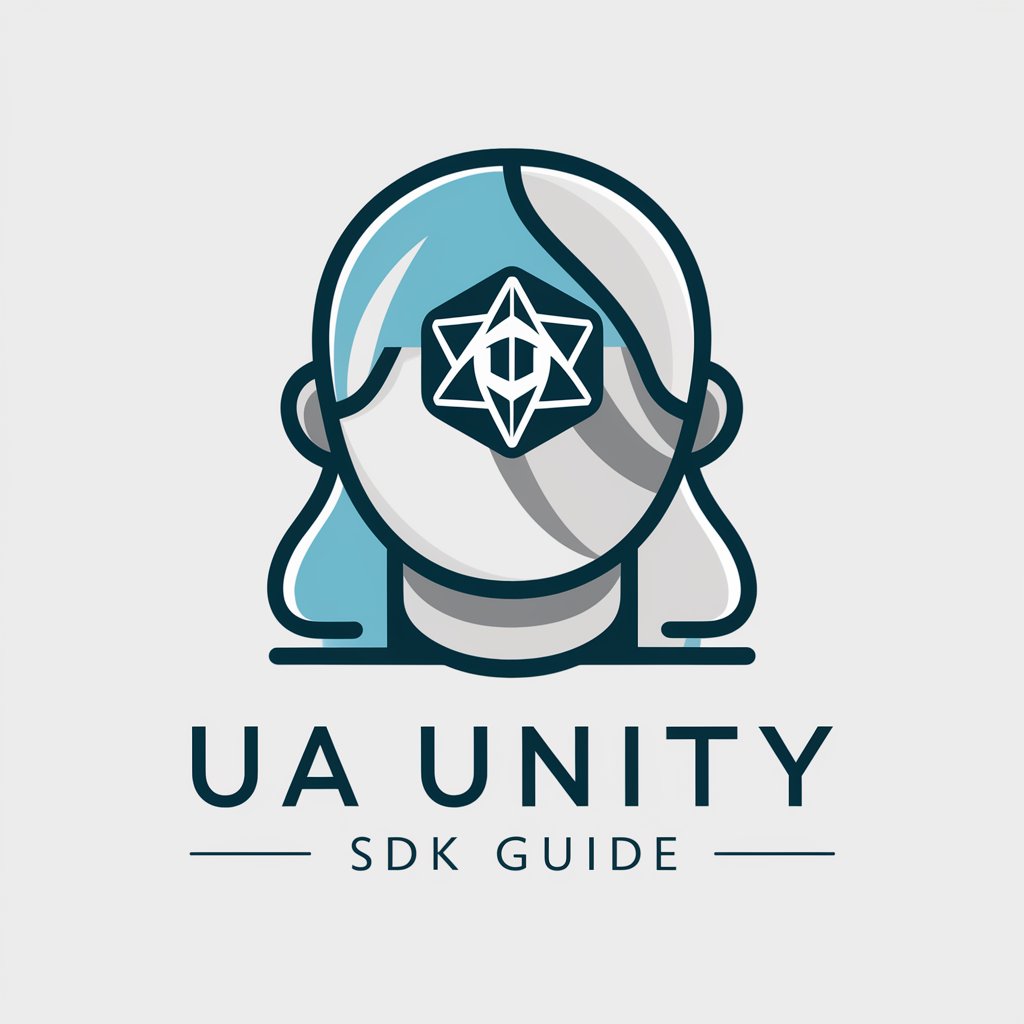
Problem Solver
Empowering Inquiries with AI Precision

AI Project Advisor and Navigator
Empowering projects with AI-driven solutions

Linguistic Bridge
Bridging Languages with AI Precision
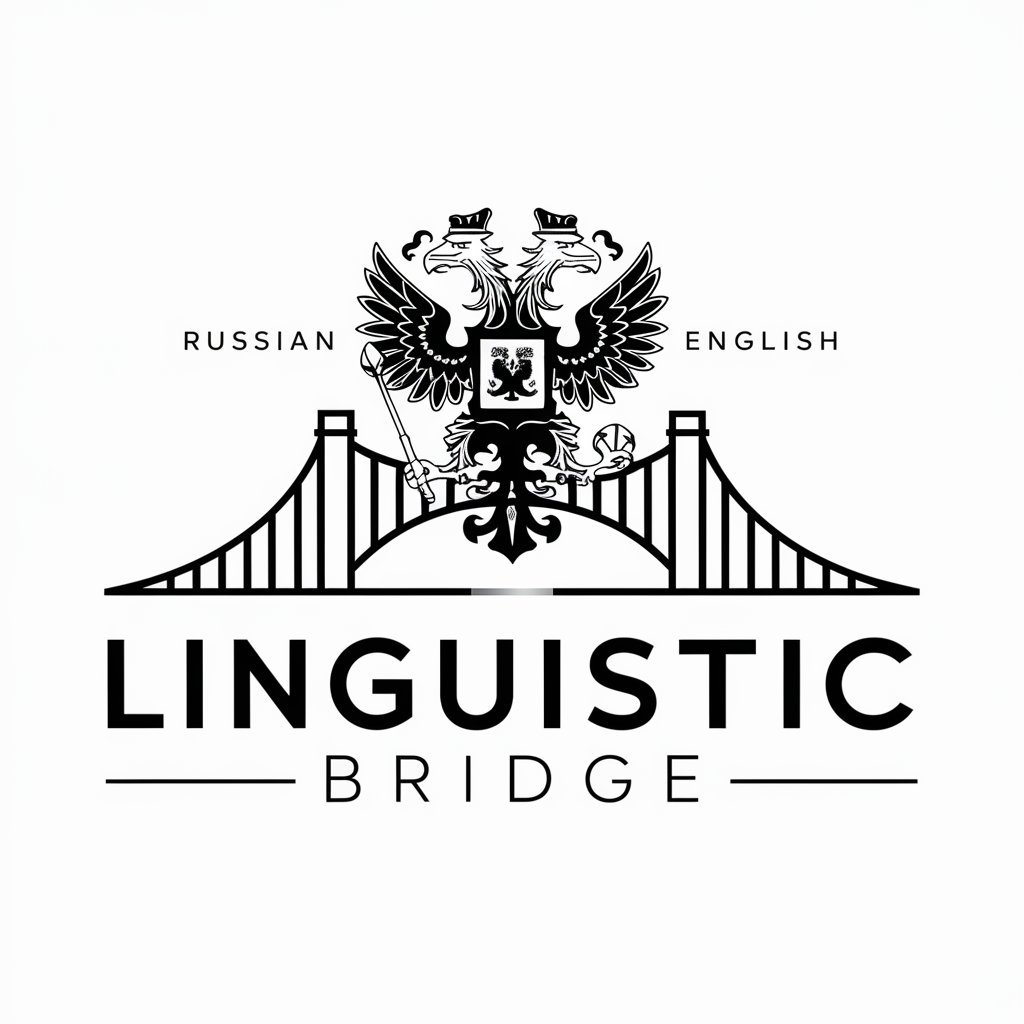
EmprendeBot
Empowering Entrepreneurial Innovation with AI
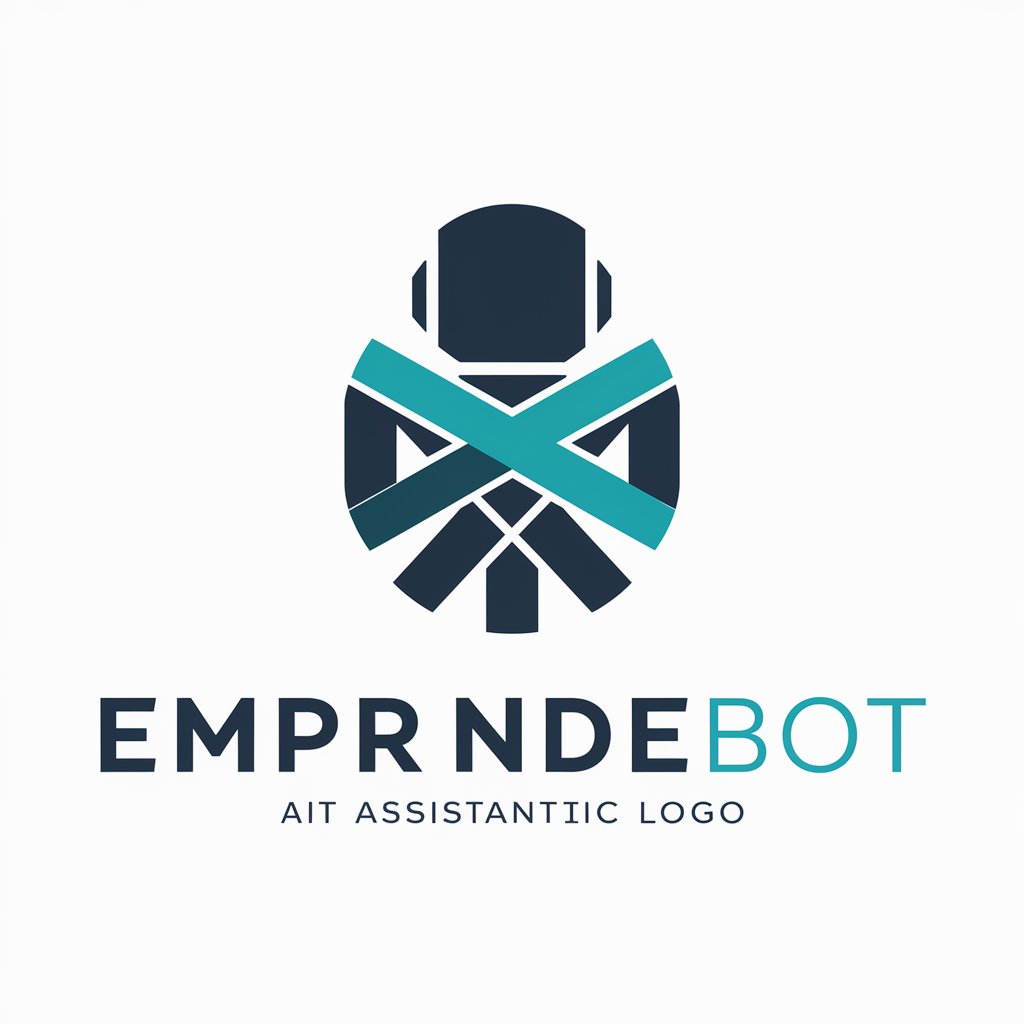
Gift Guru
Unwrap the perfect gift with AI

Chat with Free Knowledge Base
Empowering Inquiries with AI Expertise
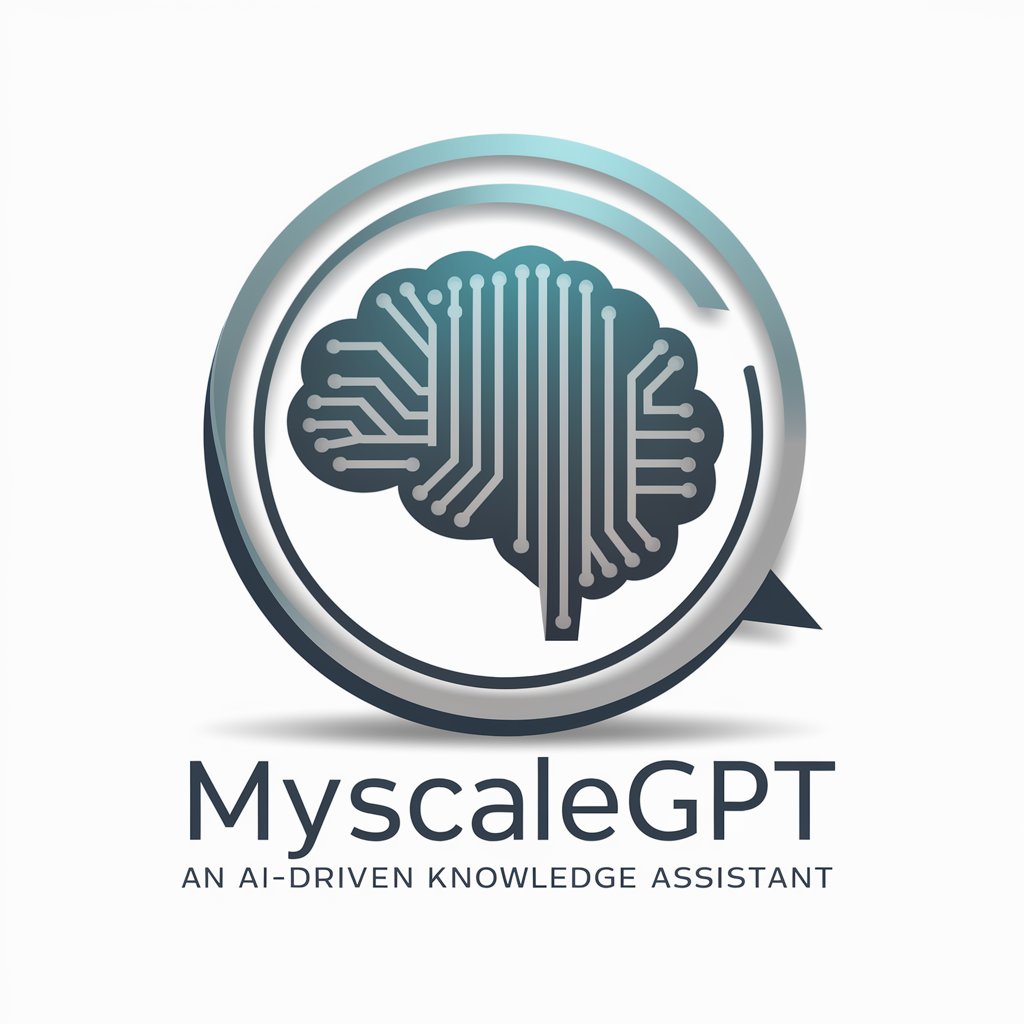
Historic Visions
Visualize History with AI

Master Flirt
Master the art of flirtation with AI

Frequently Asked Questions about Mesh-assist
What is Mesh-assist?
Mesh-assist is a specialized AI tool designed to generate structured JSON data in response to user queries, adhering to the Mesh 1.4 standard for data modeling and representation.
How does Mesh-assist differ from standard ChatGPT?
Unlike standard ChatGPT, Mesh-assist focuses on creating and manipulating structured data models according to specific user inputs, offering tailored responses in a JSON format suitable for various applications.
Can Mesh-assist generate visual representations of data?
Yes, Mesh-assist can create visual representations of data models, aiding in understanding complex relationships and structures through graphical elements.
What are common use cases for Mesh-assist?
Common use cases include academic research, data analysis, software development, content creation, and any scenario requiring structured data or conceptual mapping.
How can I optimize my use of Mesh-assist?
Optimize your use by clearly defining your data requirements, experimenting with different queries, and utilizing the tool's ability to generate comprehensive JSON structures for complex data models.




